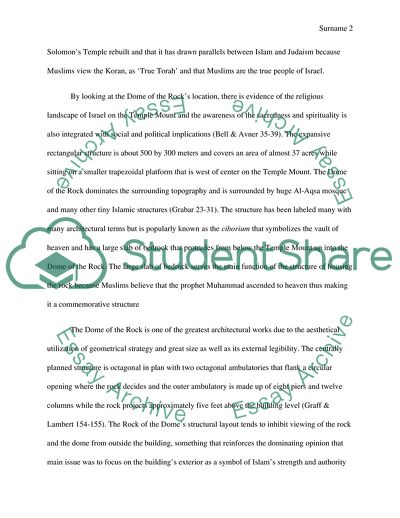Cite this document
(The Dome of the Rock: Jerusalem Literature review Example | Topics and Well Written Essays - 2000 words, n.d.)
The Dome of the Rock: Jerusalem Literature review Example | Topics and Well Written Essays - 2000 words. https://studentshare.org/religion-and-theology/1826545-the-dome-of-the-rock-jerusalem
The Dome of the Rock: Jerusalem Literature review Example | Topics and Well Written Essays - 2000 words. https://studentshare.org/religion-and-theology/1826545-the-dome-of-the-rock-jerusalem
(The Dome of the Rock: Jerusalem Literature Review Example | Topics and Well Written Essays - 2000 Words)
The Dome of the Rock: Jerusalem Literature Review Example | Topics and Well Written Essays - 2000 Words. https://studentshare.org/religion-and-theology/1826545-the-dome-of-the-rock-jerusalem.
The Dome of the Rock: Jerusalem Literature Review Example | Topics and Well Written Essays - 2000 Words. https://studentshare.org/religion-and-theology/1826545-the-dome-of-the-rock-jerusalem.
“The Dome of the Rock: Jerusalem Literature Review Example | Topics and Well Written Essays - 2000 Words”. https://studentshare.org/religion-and-theology/1826545-the-dome-of-the-rock-jerusalem.


